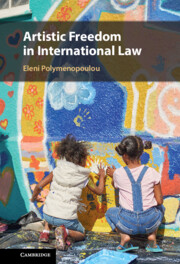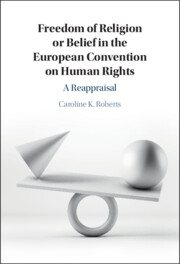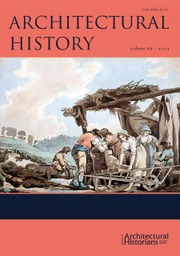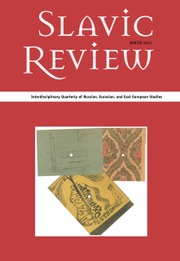Artistic Freedom in International Law
The book examines in detail the essence, nature and scope of artistic freedom as a human right. It explains the legal problems associated with the lack of a precise definition of the term 'art' and discusses the emergence of a distinct 'right' to artistic freedom under international law. Drawing on a variety of case-studies primarily from the field of visual arts, but also performance, street art and graffiti, it examines potentially applicable 'defences' for those types of artistic expression that are perceived as inappropriate, ugly, offensive, disturbing, or even obscene and transgressive. The book also offers a view on global controversies such as Charlie Hebdo and the Danish Cartoons, attempting to explain the subtleties of offenses related to religious sensibilities and beliefs. It also examines the legitimacy of restrictions on extremist expressions in the case of arts involving criminal arts, such as child pornography.
- Explores artistic freedom from the perspectives of law and history of art, providing examples from both fields of study including reflecting on contemporary exhibitions and performances
- Examines protection of art and creativity in an comprehensive and accessible way
- Discusses the topic of artistic freedom in light of human rights law as well as broader questions related to cultural diversity and cultural politics, media regulation, and the relations between religion and the State
Product details
March 2023Adobe eBook Reader
9781108946001
0 pages
This ISBN is for an eBook version which is distributed on our behalf by a third party.
Table of Contents
- 1. Defining 'art'
- 2. The nature, scope and protection of artistic freedom
- 3. Censorship and restrictions
- 4. Positive obligations in relation to artistic freedom
- 5. Street art, graffiti and art in public space
- 6. Public morality, obscenity and the arts
- 7. Blasphemous paintings, cartoons and other religiously offensive art.





